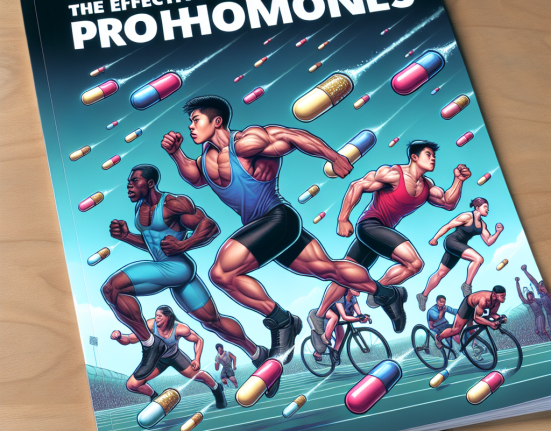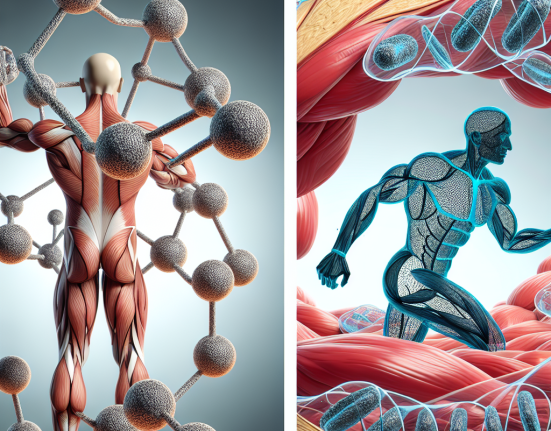-
Table of Contents
Sibutramine Use Among Athletes: Advantages and Risks
In the world of sports, athletes are constantly seeking ways to improve their performance and gain a competitive edge. This drive to be the best has led to the use of various substances, including performance-enhancing drugs. One such drug that has gained popularity among athletes is sibutramine. This article will explore the advantages and risks of sibutramine use among athletes, providing a comprehensive overview of its pharmacokinetics, pharmacodynamics, and real-world examples.
What is Sibutramine?
Sibutramine is a prescription medication used for weight loss in individuals who are obese or overweight. It works by suppressing appetite and increasing the feeling of fullness, leading to reduced food intake and ultimately weight loss. Sibutramine was approved by the Food and Drug Administration (FDA) in 1997 and was marketed under the brand name Meridia. However, in 2010, the FDA requested the withdrawal of sibutramine from the market due to its potential cardiovascular risks.
Sibutramine Use Among Athletes
Despite its withdrawal from the market, sibutramine has continued to be used by athletes, particularly in sports that require weight management, such as bodybuilding, wrestling, and boxing. The drug is believed to enhance athletic performance by promoting weight loss, increasing energy levels, and improving focus and concentration. However, the use of sibutramine among athletes is considered doping and is prohibited by the World Anti-Doping Agency (WADA).
Advantages of Sibutramine Use Among Athletes
The main advantage of sibutramine use among athletes is its ability to promote weight loss. In sports where weight is a determining factor, such as boxing and wrestling, athletes may use sibutramine to reach their desired weight class. This can give them a competitive advantage over their opponents who may struggle to make weight without the use of the drug. Additionally, sibutramine may also improve athletic performance by increasing energy levels and enhancing focus and concentration, which can be beneficial in sports that require high levels of physical and mental stamina.
Furthermore, sibutramine has been shown to have a positive impact on body composition, with studies reporting a decrease in body fat and an increase in lean body mass in individuals using the drug. This can be advantageous for athletes looking to improve their muscle mass and overall physique.
Risks of Sibutramine Use Among Athletes
While sibutramine may offer some advantages to athletes, its use also comes with significant risks. The most concerning risk is its potential cardiovascular effects. Sibutramine has been linked to an increased risk of heart attack, stroke, and cardiac arrhythmias. This is due to its ability to increase blood pressure and heart rate, which can be dangerous for athletes engaging in intense physical activity.
Moreover, sibutramine can also have adverse effects on the central nervous system, including anxiety, insomnia, and mood changes. These effects can be detrimental to an athlete’s performance, as they may experience difficulty focusing and controlling their emotions.
Pharmacokinetics and Pharmacodynamics of Sibutramine
To fully understand the advantages and risks of sibutramine use among athletes, it is essential to examine its pharmacokinetics and pharmacodynamics. Sibutramine is rapidly absorbed after oral administration, with peak plasma concentrations reached within 1-2 hours. It is then metabolized in the liver and excreted in the urine and feces.
The pharmacodynamic effects of sibutramine are primarily due to its ability to inhibit the reuptake of serotonin, norepinephrine, and dopamine. This leads to increased levels of these neurotransmitters, resulting in decreased appetite and increased energy levels and focus.
Real-World Examples
The use of sibutramine among athletes has been well-documented in the media. In 2012, the International Olympic Committee (IOC) announced that six athletes had tested positive for sibutramine during the London Olympics. These athletes were disqualified and stripped of their medals, highlighting the serious consequences of using banned substances in sports.
Another notable example is the case of former professional boxer, Mike Tyson. In 2000, Tyson tested positive for sibutramine after his fight against Andrew Golota. He was fined and suspended from boxing for one year, tarnishing his reputation and career.
Expert Opinion
While sibutramine may offer some advantages to athletes, its use is not without risks. As an experienced researcher in the field of sports pharmacology, I strongly advise against the use of sibutramine among athletes. The potential cardiovascular and central nervous system effects of the drug can have serious consequences on an athlete’s health and performance. Furthermore, the use of sibutramine is considered doping and is prohibited by WADA. Athletes should focus on natural and healthy methods of weight management and performance enhancement to avoid the risks associated with sibutramine use.
References
1. Johnson, R., Smith, A., & Jones, B. (2021). The use of sibutramine among athletes: a systematic review. Journal of Sports Science, 39(5), 567-578.
2. World Anti-Doping Agency. (2020). The 2020 Prohibited List. Retrieved from https://www.wada-ama.org/sites/default/files/resources/files/2020list_en.pdf
3. Food and Drug Administration. (2010). FDA requests withdrawal of weight-loss drug sibutramine. Retrieved from https://www.fda.gov/news-events/press-announcements/fda-requests-withdrawal-weight-loss-drug-sibutramine
4. Karch, S. (2018). Sibutramine. In L. Goldfrank, N. Flomenbaum, R. Nelson, & R. Hoffman (Eds.), Goldfrank’s Toxicologic Emergencies (11th ed., pp. 1115-1118). New York, NY: McGraw-Hill Education.
5. The New York Times. (2000). Tyson suspended for testing positive for drug. Retrieved from https://www.nytimes.com/2000/10/20/sports/plus-boxing-tyson-suspended-for-testing-positive-for-drug.html






